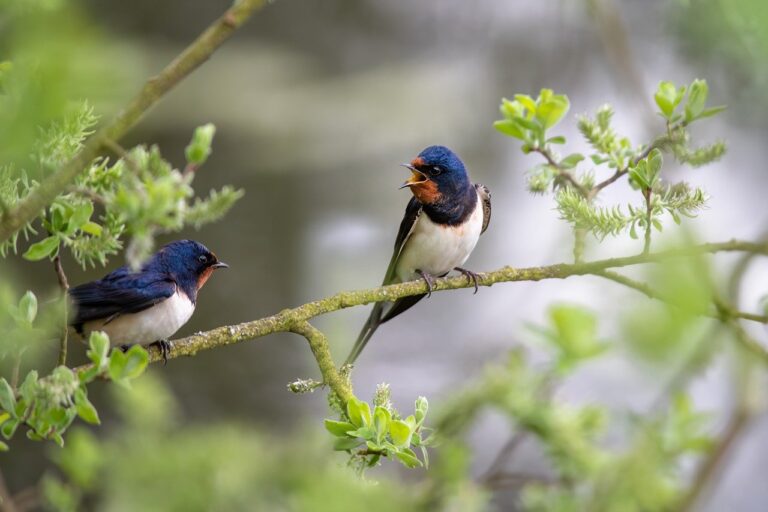YouTube desires you to get as much Watch Time as possible in every video that you make. For those who have actually never heard this term in the past, Watch Time is typically thought about the most essential metric on YouTube. Generally it is the physical variety of minutes and hours your content is looked for by individuals on YouTube. However why is Watch Time more vital than views?
You can use cards in a variety of ways, but the very best strategy for keeping viewers engaged is to use them to link to other material on your YouTube channel that viewers will likely be interested in. For instance, Slow Mo Guys place cards on videos to increase YouTube watch time by promoting related videos or playlists. This tactic is most effective when the card is added right before the point in the video when viewers are likely to drop off.
Watch-time is one of the most heavily weighted metrics on YouTube. It applies to videos in every sort of niche. It’s also the strongest sign of exactly how interested individuals are in your material. Since YouTube desires viewers to watch more and click less, it became essential to determine a way to identify the number of people abandoned videos. This is how the 50% guideline was introduced by Darrel Eves, a leading authority on YouTube.
The most crucial currency on YouTube is time. You want as much Watch Time as possible, however your viewer wants to spend their time on YouTube as effectively as possible. Even if YouTube states that Watch Time is one of its crucial ranking aspects, doesn’t mean you must make longer videos to get more Watch Time. You’re pandering excessive to an algorithm, and doing an injustice to your audience.
Targeting long-tail YouTube keywords can help you get people to watch your videos instead of your rivals. One method to determine keywords is to utilize YouTube’s ideas include. In the YouTube search box, type in a word you know your audience is interested in and keep in mind YouTube’s recommended searches. These are not simply random ideas; they’re based on what users want to see. Utilize these ideas as subjects for your videos.
YouTube’s algorithm prioritizes engagement and audience retention above all else. It’s developed to keep users on the platform and engaged for longer. This suggests that if you can hold onto audience attention all the way through a video and to the end, the possibility of YouTube advising your videos to a wider audience increases greatly. YouTube prioritizes engagement and audience attention by focusing on its users. It develops data profiles based upon user habits. As viewers watch content and connect with the platform, YouTube considers all of these data points and uses them to rank and recommend your videos.
Watch buy cheap youtube watch hours (or audience retention, as it’s commonly hired YouTube analytics) is the total quantity of time in aggregate that viewers spend seeing your videos. Preferably, videos topping in this metric lead to greater total viewing sessions. With a boost in watch time, YouTube is most likely to promote your channel through search and recommended videos, which in turn causes more views.
Many social media networks require you to set up an account before you can view content. That’s not the case with YouTube; you can see content without a YouTube account. However, an account is required for your company to publish videos and engage with other users. Subscription is likewise required to view videos flagged as adult material.
Creating playlists for your YouTube videos is a method to guide prospective viewers toward a longer seeing experience where they watch more of your best content. When you arrange your videos in fascinating series (as displayed in the image listed below), viewers will be most likely to watch your other videos. This ultimately enhances watch time, giving you a greater ranking on YouTube. To enhance your playlists, utilize the start and end time function on YouTube to mention IN and OUT points for each video, which creates a more remarkable user experience.
Subscribe to Updates
Get the latest creative news from FooBar about art, design and business.
